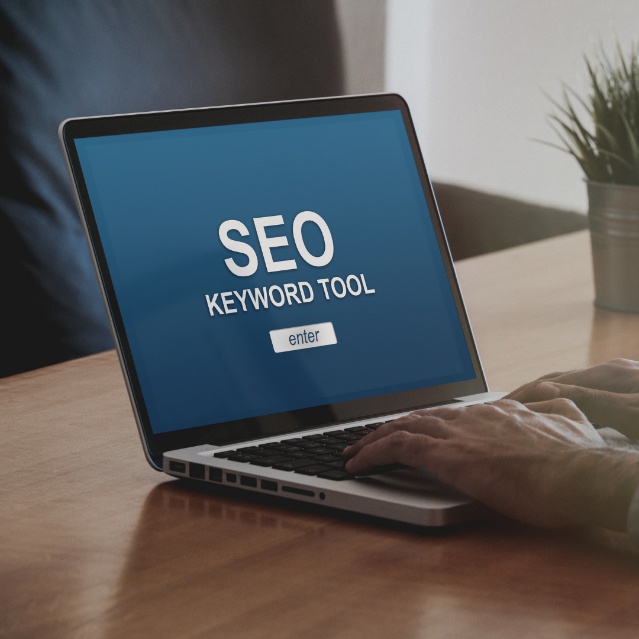The Basics of Search Engine Optimization
Web design is an important piece of any business’s success, but it doesn’t matter how beautiful your site is if no one is visiting it.
That’s where Search Engine Optimization (SEO) comes in. Put simply, SEO is the process of improving your website so that it becomes easier to find on search engines, like Google! Ultimately, this will increase traffic, sales and brand recognition.
How Does SEO Work
All search engines use algorithms to help users find the best results for whatever the person has typed into the engine. These algorithms rank webpages based on their suitability to any given keyword (we’ll talk more about those later). You want your website to move up the ranks, so it’ll be one of the first listings of a relevant Google search.
SEO is not a paid search. Your site moves up the search engine results page organically by having great, authoritative content.
Optimize Your Site with GREAT Content
SEO is all about the quality of your site’s content. Anything you publish on your pages should be:
- Relevant: Write about what you know. All content should be related to your business and your clients.
- Trustworthy & Authoritative: Use trusted sources and lean on your industry experience.
- Strategic: Link to credible authorities and keep up to date on current events.
Keywords

A keyword is an informative word that will be logged into a search engine’s index. It’s crucial to the success of your website’s findability.
Imagine your target audience, your future clients, sitting at their laptops and trying to find the exact service or product you offer. What do you think they would type in? Those are the keywords you want to focus on.
While writing your website, make sure you include keywords throughout the content. You’ll get even more traction if you include keywords in:
- Titles, headings, and subheadings: Web crawlers pay particular attention to titles and headings. Make sure they use keywords and are to the point.
- Page URLs: While creating a new page or blog post, make sure the URL path includes an appropriate description.
- Title, description, and keyword metadata: You’ll have the option to include metadata while building a web page. Keep this information up to date with relevant keywords.
- Alt tags: These are alternative text descriptions for any images or videos included in your content.
PRO TIP: Unsure what keywords to use? Use a keyword planner to get started. We recommend Google Adwords!
Publish Regularly
There are some parts of a website that will have static pages. It’s unlikely that you’ll regularly edit your About Us or Service pages; however, your website should never be stagnant. You want Google’s web crawlers to find new content when they explore your site.
That is the beauty of posting blogs. Your blogs are additional content that explores parts of your industry that won’t necessarily be on your website’s main pages. It’s your opportunity to dive deeper into relevant topics and gain followers.
We want to help you optimize your site! Get in touch with CreoLogic today!






